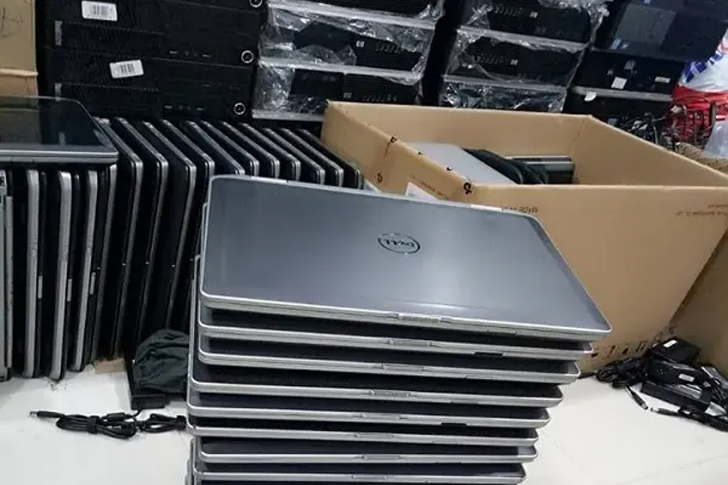Many Receive Cash and a Laptop Through Enrollment in Online Programs
Introduction: The Rise of Online Learning and Its Perks
Over the last decade, the growth of online education has been unprecedented, becoming a viable alternative to traditional classroom learning. This shift has been largely driven by technological advancements and the convenience that online platforms offer. One such incentive, which has gained significant traction, is the distribution of financial incentives like cash bonuses and practical resources such as laptops to students upon enrolling in online programs. This article explores the basis behind these benefits, their impact on enrollment, and the tangible value they bring to students.

The Basis Behind Bonuses and Tech Incentives
Universities and educational institutions have increasingly adopted a marketing strategy that includes offering monetary bonuses and essential tech supplies like laptops to attract more students to their online courses. This approach not only addresses the affordability barrier many students face but also equips them with tools necessary for a smooth e-learning experience. It’s a competitive strategy aimed at enhancing accessibility and reducing upfront costs for students.
Statistical Overview of Enrollment and Incentive Programs
According to a 2021 survey by the National Center for Education Statistics (NCES), approximately 6.6 million students in the USA are enrolled in online learning programs, with 17% of them having received some form of financial incentive upon enrollment. Furthermore, a study by Eduventures Research showed that offering technology resources like laptops increased enrollment rates by approximately 14% in 2022. These figures underline the effectiveness of such strategies in driving more enrollments.
How Cash Incentives and Free Laptops Impact Students
Cash incentives can alleviate some of the financial burdens students face, such as tuition fees, study materials, and living expenses, thus allowing them to focus more on their studies. Providing students with laptops ensures they have access to the necessary technology needed for online learning, an often mandatory requirement for many courses. Moreover, these resources help bridge the digital divide, ensuring all students, regardless of their background, have access to quality education.
Case Study: Michigan State University’s Online MBA Incentives
Michigan State University (MSU) implemented an innovative approach in their online MBA program by offering $500 cash and a high-quality laptop to first-time enrollees in the 2022 academic year. This initiative aimed to reduce economic barriers to education, increasing their program’s accessibility. As a result, the enrollment in MSU’s online MBA increased by 22% compared to the previous year. The success illustrates how effectively integrated incentives can significantly boost academic enrollment and support student success.
Effectiveness and Long-Term Impact of the Incentive Strategy
While the short-term benefits of such incentives in boosting enrollment numbers are evident, the long-term impacts are also noteworthy. Graduates from these incentivized online programs report higher satisfaction rates and credit the initial bonuses and technology access as critical components in their academic journey. By decreasing the initial financial strain and promoting digital inclusivity, such strategies ensure a more diverse and well-prepared student body, better positioned for the workplace.
Criticism and Challenges of the Incentive Strategy
Despite the apparent benefits, some critics argue that such incentives may lead students to prioritize perks over the quality and relevance of the educational programs. Questions are raised about the sustainability of these models and whether they genuinely contribute to educational attainment or superficially bloat enrollment numbers. Furthermore, there are operational challenges such as the cost to institutions and the potential expectation it sets for continued or increased incentives over time.
Conclusion: Evaluating the Real Value of Enrollment Incentives
Offering cash and laptops as enrollment incentives in online education programs has proven a successful method in expanding accessibility and student diversity in higher education. However, as with any strategic initiative, it is vital to maintain a balance between attracting students and maintaining high educational standards. Future strategies should focus on continuous assessment and adjustment based on both quantitative enrollment outcomes and qualitative educational impacts. By doing so, institutions can ensure that these incentives truly add value to students’ educational experiences rather than merely increasing numbers.
The trend of providing enrollment incentives is evolving, and as it does, it will continue to shape the landscape of online higher education. It remains essential for both educational institutions and prospective students to evaluate these offerings critically, ensuring that the benefits extend beyond mere convenience to fostering substantial improvement in education quality and long-term success for students.







Recent Comments